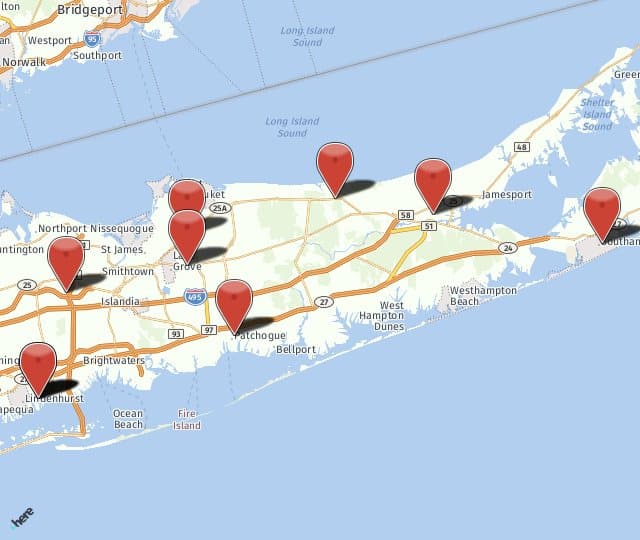What is the Posterior Cruciate Ligament?
The posterior cruciate ligament (PCL) is one of four ligaments that helps support the knee and protects the shin bone (tibia) from sliding too far backwards. The cruciate ligaments are located inside the knee joint and cross over each other, forming an “X”. The anterior cruciate ligament is in the front and the posterior cruciate ligament is located behind it in the back of the knee. These ligaments control the back and forth motion of the knee.
Causes of a PCL Injury
Injury to the PCL most commonly occurs when the knee is bent and an object strikes the shin, pushing it backwards. This is commonly referred to as a “dashboard injury” because it often happens during a car accident when the shin is forcefully pushed into the dashboard. A PCL tear may also be caused by a sports injury or a fall. In many cases, a posterior cruciate ligament tear occurs along with injuries to other parts of the knee, including other ligaments, cartilage and and bone.
Symptoms of a Torn PCL
Individuals with PCL tears may experience pain,swelling and limited range of motion within the knee. Some people may also experience a feeling that the knee has popped or given out, as it causes instability within the joint. In most cases, a PCL tear will make it difficult to walk.
How is a PCL Tear Diagnosed?
A PCL tear is diagnosed through a physical examination of the knee. Additional imaging tests may include an X-ray or an MRI scan which can show clearer images of a posterior cruciate ligament tear and help to determine if other knee ligaments or cartilage are also injured. A diagnostic arthroscopy may also be performed to view detailed images of the tear.
PCL Tear Treatment Options
Treatment for a PCL tear varies based on the severity of the injury, but it is commonly treated with conservative methods that may include:
- Rest
- Ice
- Gentle compression
- Elevation
- Immobilization with a knee brace
A physical therapy program may help to strengthen and restore function to the knee. If there is significant swelling that interferes with the mobility of the knee, a joint aspiration procedure may be performed to drain any excess fluid from the joint. In severe cases, when the ligament has torn completely and not healed properly, surgery may be necessary to repair or rebuild the ligament.
Will I Need Surgery for a Torn PCL?
Your PCL tear will be carefully diagnosed and graded. The grade of your tear will determine if you need surgery. The four grades given to PCL tears are:
- Grade I – A partial tear.
- Grade II – A partial tear with loosening of the ligament.
- Grade III – A complete PCL tear.
Generally, treatment for Grade I and II injuries is non-operative. Surgery may be necessary to repair complete tears, especially if other ligaments are involved. However, some patients with Grade III tears can be treated non-operatively as well, especially in cases of isolated injury.
What is Recovery Like After a PCL Tear?
Your recovery from a PCL tear will depend on the severity of your injury and the treatment you need. In both operative and non-operative cases, physical therapy is integral to the rehabilitation of the injured joint. Your care team will carefully observe your progress through your recovery and alter your rehabilitation exercises as needed to continually improve strength and range of motion.
If your injury does not require surgery, you will begin physical therapy immediately, and a brace is often prescribed to assist with healing. Return to sports and activities is dependend on the grade of injury, but generally can be accomplished in 3-4 weeks for a grade I injury and 6 weeks for a grade II injury.
If your injury requires surgery, you can expect to use crutches and a knee brace for about five weeks. As you regain joint stability, you may stop using these devices. About 12 weeks post-op, walking or pool exercises may be implemented to increase muscle strength and endurance. After surgery, it can take up to six months to gain clearance for sports.
How Long Will it Take to Fully Recover?
Depending on the extent of rehabilitation you require after a PCL injury, it may take six to nine months to fully recover. This means gaining full clearance to resume all of your normal activities, including unrestricted sports.
Can Physical Therapy Help with a PCL Injury?
Yes. Physical therapy is an integral part of recovery from a PCL injury whether you need surgery or not. The purpose of a physical therapy program is to increase the range of motion in the knee gradually, along with muscle strength, to better support stability and function.
Schedule A Consultation
To learn more about PCL tears and the treatment options, please contact our office today at 631.689.6698 to schedule an appointment.


